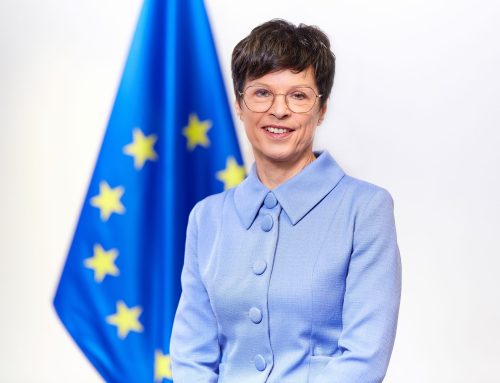The latest Erasmus statistics released by the European Commission reveal that nearly 270 000 students – a new record – benefitted from EU grants to study or train abroad in 2012-2013.
While studying at another university continues to be the most popular choice, one in five students (55 000) opted for Erasmus job placements in companies.
The three most popular destinations for Erasmus students in 2012-2013 were Spain, Germany and France.
Countries sending the highest number of students as a proportion of their graduate population were Luxembourg, Liechtenstein, Finland, Latvia and Spain.
“For 27 years, Erasmus has enabled students to spend time abroad to broaden their horizons and improve their skills. The latest figures show that Erasmus is more popular than ever. As well as contributing to a sense of belonging to the European family, the skills which Erasmus promotes also help students to boost their employability and career prospects. Our new Erasmus+ programme will enable even more young people to study, train, work or volunteer abroad in the next seven years,” said Androulla Vassiliou, European Commissioner for Education, Culture, Multilingualism and Youth.
The statistics show that the average Erasmus grant, designed to cover part of the costs of living abroad and travel, was €272 per month, a 9% increase on the previous year (€250). The grant is topped up in some countries by national, regional or institutional funds.
Erasmus is not just an exchange scheme for students: in 2012-2013 more than 52 600 academic and administrative staff received funding from Erasmus to teach or train abroad. The experience they gain not only benefits the individual concerned but also the quality of teaching and learning at their home institution when they return. Some 500 staff from businesses – an increase of more than 20% from the previous year – also received Erasmus support to teach at higher education institutions abroad, highlighting the growing interest in aligning education and training to the needs of the labour market.
The new Erasmus+ programme will provide grants for 4 million people, including 2 million higher education students and 300 000 staff over the next seven years (2014-2020). It will also fund 135 000 student and staff exchanges between Europe and partner countries worldwide. The expanded programme, which includes Erasmus and similar mobility schemes for other groups including apprentices and volunteers, puts more emphasis on linguistic support, more flexible rules for grants, as well as specific additional support for people with special needs, from disadvantaged backgrounds and remote areas.
The Commission’s strategy on the modernisation of higher education (IP/11/1043) highlighted the need to provide more opportunities for students to gain skills through study or training abroad. The EU target for overall student mobility is at least 20% by the end of the decade. Currently, around 10% of EU students study or train abroad with the support of Erasmus or other public and private means. Around 5% receive an Erasmus grant.
Erasmus was previously part of the Lifelong Learning Programme (2007-2013). 33 countries participated in the scheme: EU Member States, Iceland, Liechtenstein, Norway, Switzerland and Turkey.
Erasmus+, the new programme for education, training, youth and sport, was launched in January 2014. It has a total budget of nearly €15 billion for 2014-2020, a 40% increase compared with the previous period.
For more information
MEMO/14/476 Erasmus in 2012-13: the figures explained
Erasmus statistics
Follow Androulla Vassiliou on Twitter @VassiliouEU



